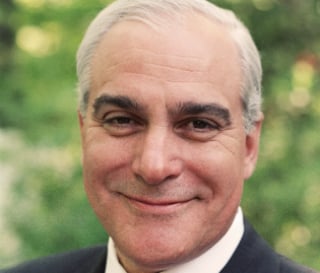The world is changing significantly and is never going back to what it was or what was considered normal. Employees are stressed and even CEOs are feeling tremendous personal and professional pressures. Coping with constant pressures that are barraging them is creating a new leadership reality.
To complicate matters even further, companies can no longer stay in a cocoon, with ubiquitous social media. Ordinary people whether in the workforce or as a member or supplier, can now through technology, establish a public platform instantaneously for communication about companies, boards, and management teams. Having a voice today has never been easier, leaving little room for errors on the part of the CEO and their execution of strategies. There are cameras now on everything the CEO says and does. It’s hard for CEOs to claim a culture of family and then have wages so low for their employees that they must choose between food, medicine, or childcare for their children. Financial results can no longer be achieved at the expense of people getting paid fair wages.
Many of us have found the experience of going into Starbucks for an excellent cup of coffee in a hip environment to be a ten-minute break from the pressures of the day to release tension. Sitting in a store or outdoor environment, smelling the flavors and people watching can be a re-invigorating human experience. But now, Starbucks management is being challenged by organized labor throughout their network. How will this impact the customer and experience? Will the barista’s discontent be passed on to the consumer? Putting the customer and member first and having an engaged workforce with shared values is essential for the customer and brand reputation.
Howard Schultz embarked on a listening tour that was designed to get in touch with customers and employees and the baristas who play a key role in the customer experience. The pressure that this highly successful visionary leader encountered, is reflective of what other CEOs are going through. When questioned by a 25-year-old barista, Mr. Schultz snapped, “If you hate Starbucks, why don’t you leave?” The pressures of today are impacting everyone, including CEOs.
What makes a good organizational and board culture? Tone at the top and consistency of messaging over a period of time should be established by the CEOs. Investors are now looking for and supporting longer term investments for the future. And allowing senior management to continue their education by serving on other community boards is a good thing, allowing them to increase their horizons and gain experience that will enable them to provide greater insights and broader perspectives.
Interviewing every director to collect insights and details that matter is critical. Commitment of directors, chemistry of directors and not just focusing on the stars, is a substantial part of how the board should work and engage together. There is no rule that says when you are elected to a board you are not done until they carry you out in a box. Having people snoring at the meetings is not a way to engage the best thinking at the highest levels. Respecting dissenting opinions and coming to the right outcome at the end of serious, responsible, and comprehensive discussions is the way a high performing board should function.
Now is the time to hit the pause button, take a cleansing breath and refocus on your credit union’s mission and purpose to ensure member security and employee retention.







